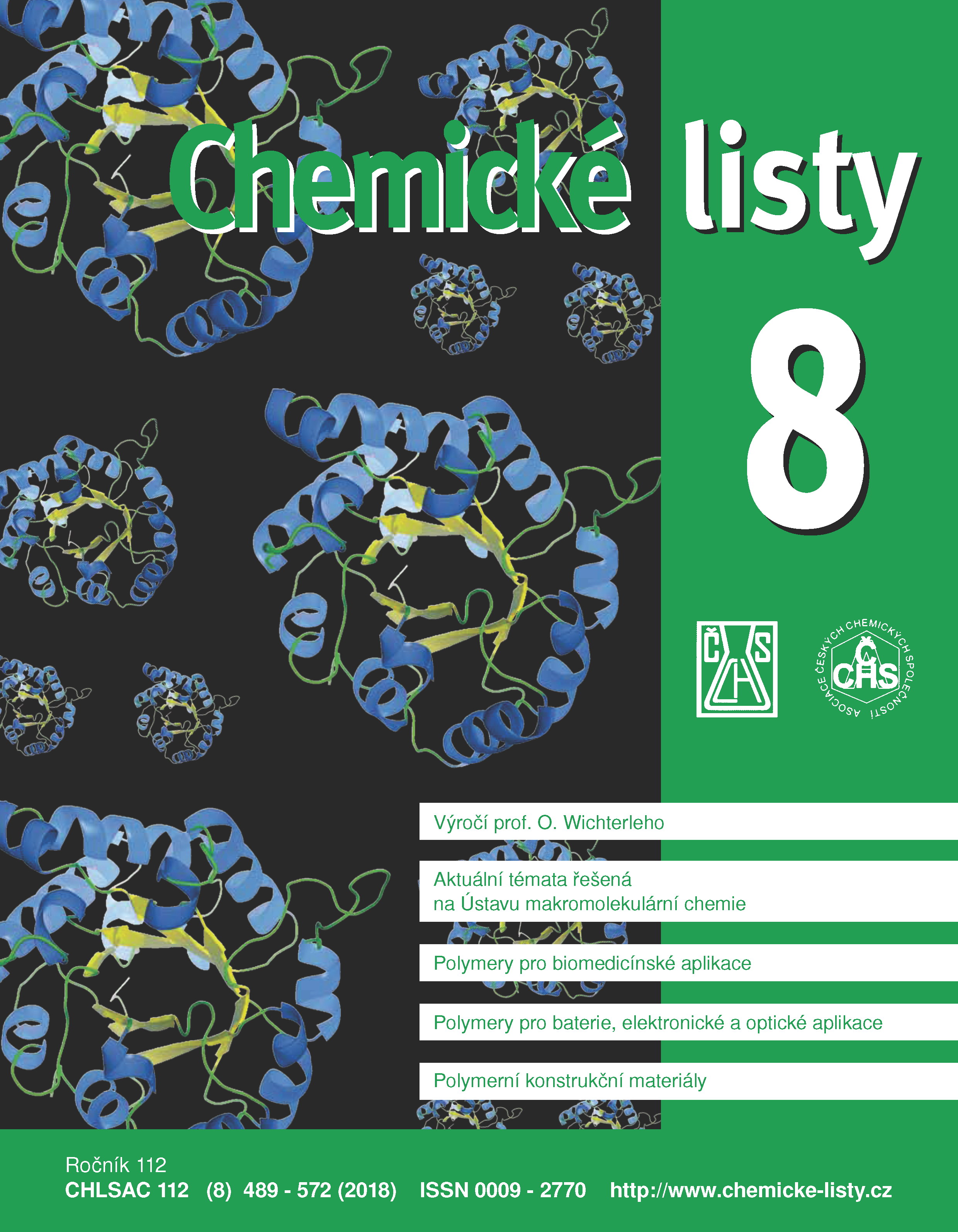Ultravysokomolekulární polyethylen ve vnitřním prostředí lidského těla
Klíčová slova:
ultravysokomolekulární polyethylen, in vivo prostředí, oxidace, stabilizace, stárnutíAbstrakt
Ultra-high molecular weight polyethylene (UHMWPE) is the most important but, at the same time, the most vulnerable component of the total joint replacements. It is mainly used in hip and knee replacements. UHMWPE liners are the most loaded components of the implants. Consequently, the main material-related reasons of artificial joint failures are wear and oxidative degradation of the polymer. Resistance to wear is increased by radiation-induced crosslinking. Oxidation stability is enhanced by means of suitable thermal treatment. The most recent trend is to employ a biocompatible stabilizer based on the α-tocopherol in combination with suitable types of steric hindered amines for further improvement and fine-tuning of UHMWPE performance. This review summarizes the recent developments in UHMWPE modifications which should further increase lifespan of total joint replacements.





